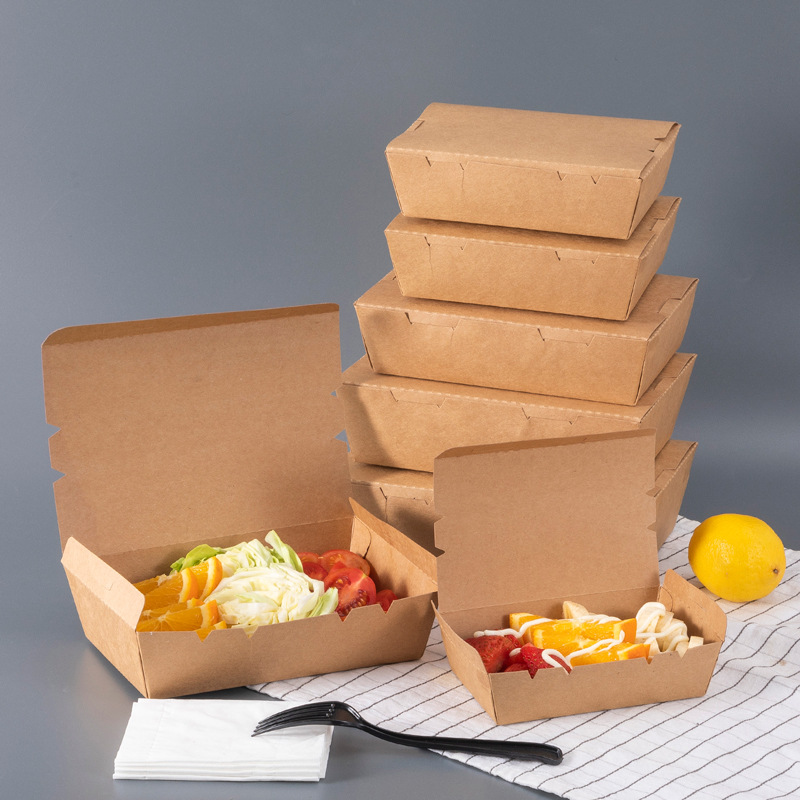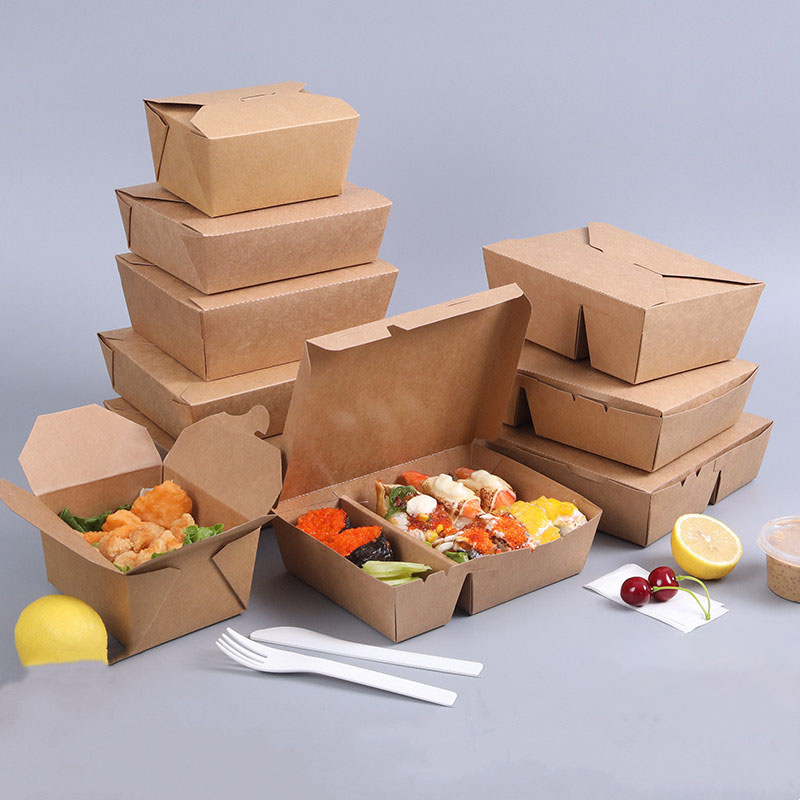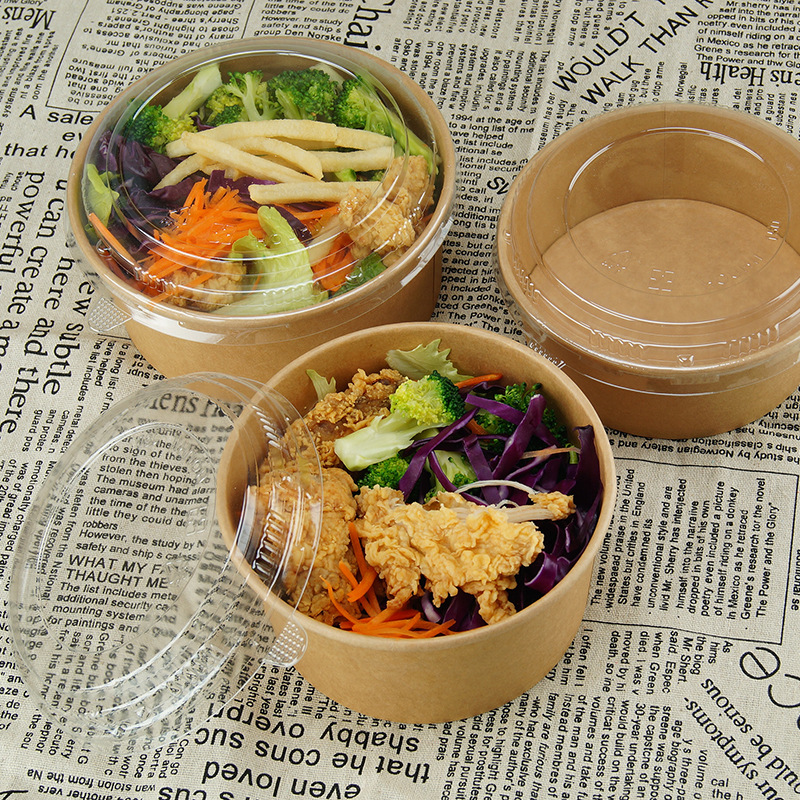In the paper packaging container industry, PBS (polybutylene succinate) and PHA (polyhydroxyalkanoates) are gaining attention as biodegradable coating materials. Below is an overview of their applications in this field and the challenges they face:
Application of PBS (Polybutylene Succinate) Coated Paper
Application Status: PBS has good biodegradability and mechanical properties, making it suitable for coating paper products. For example, some patented technologies propose the use of PBS as a coating material for biodegradable coated paper cups and their production methods, aiming to address the slow degradation of traditional paper cup coatings.
Challenges:
Compatibility with Production Processes: Traditional coating equipment is primarily designed for materials such as PE or PLA. When directly applied to PBS coating, compatibility issues may arise, requiring adjustments or modifications to the equipment.
Raw Material Supply: PBS production requires raw materials such as succinic acid, but China has limited succinic acid production capacity, restricting large-scale PBS production and application.
Application of PHA (Polyhydroxyalkanoates) Coated Paper
Application Status: As an emerging biodegradable material, PHA has shown great potential in applications such as paper cups and food containers. Recently, domestic companies have collaborated to develop PHA-based barrier-coated paper products, successfully obtaining the world’s first home and industrial compostability certification for PHA-coated paper products issued by DIN. These products not only fully degrade in marine environments but also have a high paper repulpability rate of 88.9%, while demonstrating excellent food contact safety.
Challenges:
Production Costs: The current high production cost of PHA limits its large-scale commercialization.
Technology Maturity: Although PHA has excellent degradability, its production technology is still under development and has not yet been widely industrialized.
Conclusion
Overall, PBS and PHA have significant potential for application in the paper packaging container industry, especially with the push from environmental policies and technological advancements. However, challenges such as high production costs, technology maturity, and production process compatibility need to be further addressed to achieve widespread application and commercialization of these materials.




